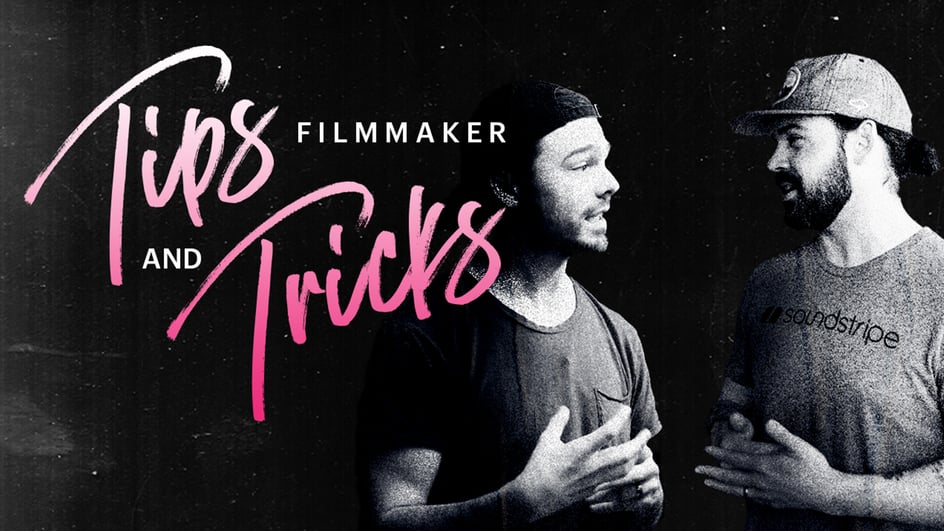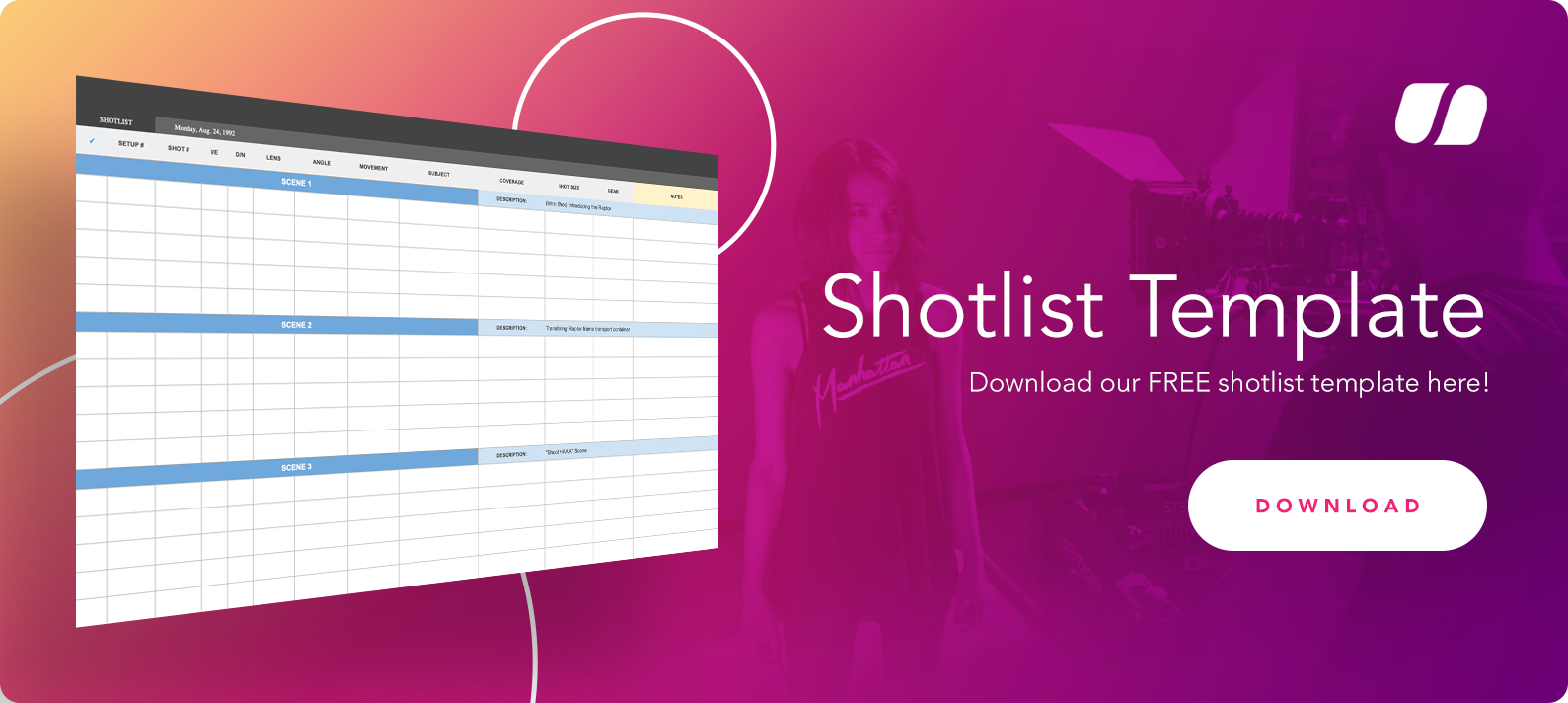
Apr 21, 2021
It’s a universal truth that part of being a filmmaker is being able to create something interesting regardless of what’s available.
In fact, that's true for almost every stage of video production. You don’t always get to shoot in a perfect location. Or with perfect lighting. And certainly not with perfect weather.
But that doesn’t mean you don’t still want to get the most out of every shoot.
Even if it hasn’t happened to you yet, every filmmaker will inevitably find themself in a boring location for a project. This is particularly difficult for interviews where you don’t have action or scripted dialogue to work with.
You need to add interest and texture, and you’re going to need some tried and true filmmaker tips and tricks to do it. So let’s look out how to film an interview that looks cinematic even in a location you aren’t excited about.
Our Creative Director Jonathan Frazier and our resident filmmaker Chris Haggerty explain exactly how to solve this problem in the video at the top of this post.
If you like the video above, check out our YouTube channel for more practical filmmaking advice from our Creative team.
How to Film a Cinematic Interview
Every filmmaker wants to get the most out of every video shoot. So when it’s time to film an interview, you’re going to take those same ideas and plans to the location.
Your goal is to try and make interviews cinematic, regardless of your situation.
Yes, that’s much easier said than done — particularly if you’re interviewing someone in a drab, empty office space, or a conference center, or anywhere with fluorescent lighting and white walls.
Well, the first step to getting a cinematic interview is making sure you have the best possible location given what you’re dealt. (Well, that and one of the best cameras for YouTube.) So to begin, try to find a room with windows and natural light.
Make the Most of the Location
Even if you don’t use natural lighting, just having windows in the background can make your lighting seem natural. And that kind of illusion is just the sort of trick that adds visual interest to the location.
When you’re planning how to film an interview in a new location, you’ll also want to pay attention to ambient audio. It’s something that can be easy to overlook or deprioritize. In some cases, you’re just looking for the best option available, and that weird background hum may be a tradeoff.
If a room is next to the building’s generator, it may be too distracting to use. And if some of those big, icky fluorescent lights throw off a hum like a thousand bumblebees, your audio could sound more like an interrogation scene than an interview.
As an added point, keep in mind that the sound of a space can change. If you’re in a long room with high ceilings and laminate floors, you may find yourself in an impromptu echo chamber.
Adding some set decoration can serve as an audio version of a negative fill — it can absorb some of the echoes and create a more neutral soundscape for you to work with. So test every space with your voice and see what you can do to make the place better.
In some cases, you may just need a different location. You’ll have an easier time adjusting the lighting of a space compared to dealing with distracting ambient noise.
Plan Out Your Camera and Framing
Once you’ve chosen your location, it’s time to start framing your shot. (You can also use this time to think about b-roll footage and how you’ll stitch the entire project together.)
Just like we can’t always choose the perfect location, we don’t always have the perfect gear. But the best camera is the one you’ve got, so keep your camera gear in mind when you’re choosing the location for your interview shoot.
Think about different approaches you can take to get the most out of your gear. If you have limited lighting options, then you might need to rely on natural lighting more. And your lens choices could determine whether or not you need a big room or a small one.
Get Creative with Production Design
Whether you find a room with windows or not, think about set decoration to spruce up the shot. Even the most boring offices have some sort of clutter or decor, and if you need to “borrow” things from other rooms to improve your location, you may just need to do it.
Use plants, light fixtures and artwork to add texture to the location you’ve selected. A lot of these things are easy to move, and should be readily available in most buildings.
With enough pieces, any boring office space can feel like a home office with things to keep viewers attentive — it's your job to find the right focal length to add depth without overpowering the person you're interviewing.
Of course it should go without saying that you don’t want to go overboard. The goal is to add enough stuff to make the space feel lived-in. But you don’t want to use so much clutter that it distracts from your interview subject.
There’s a fine line between the two, and that line moves based up on the location. So you’ll always need to reevaluate the situation and see how it frames your shot.
Create Easy Cinematic Lighting
While I sang the praises of locations with windows, natural lighting can also pose some problems. Weather and lighting can change by the minute, so keep in mind that relying too much on natural lighting can make editing a nightmare later on.
But windows still provide a lot of value when you’re trying to shoot cinematic interviews. You just need to remember your go-to guide to lighting and make sure natural lighting works for you (instead of making extra work for you).
One helpful trick is to set up your lighting outside windows. You get to keep that “natural” look — and leverage a location with windows — but you aren’t relying on Mother Nature to cooperate with you.
This is especially helpful for long shoots or extended interviews that can last a couple hours. And with the right combination of lights (both outside the windows and inside the location), you don’t have to worry about the sun moving or clouds coming in. You’ll have a level of consistency you can control so you can focus on getting the footage you need.
Take One Last Look
So you chose the best location out of all your options. You set up your camera, framed your shot, and checked the ambient noise levels. You rummaged through other rooms and designed a visually interesting set. And you’ve got lighting in place to last you all day.
Now, the final step is to review your work in combination. Everything you’ve done should draw the viewer’s eye to your subject and keep them engaged with what’s on screen.
You don’t want to rely on editing to make it work when you can use these tips and tricks to set yourself up for success while still on location. So just remember the Golden Rule of how to film an interview: Try to frame, decorate, and light in a way that naturally draws focus to your subject.
